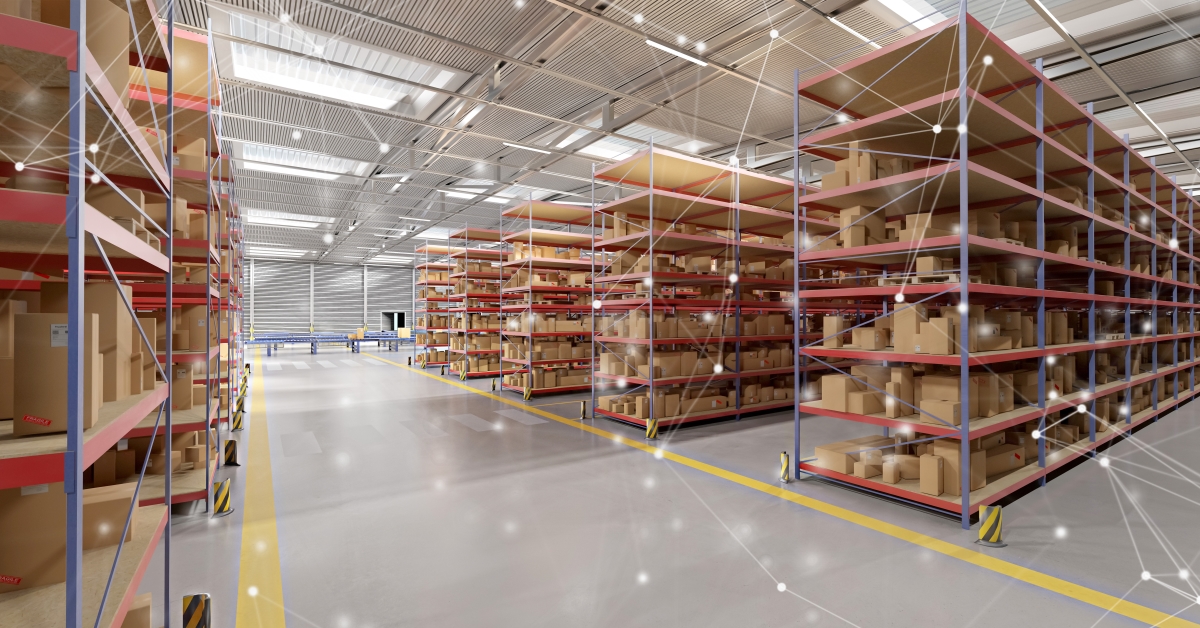For your supply chain to be profitable, you need to be proactive in cutting costs. However, research shows that four in five firms have reported a rise in prices over the past 12 months.

There are specific strategies your business can implement to reduce your costs and positively impact your bottom line. We have created this article to outline which strategies are most effective. These include:
- Reduce breakages and errors.
- Introduce more automated solutions.
- Improve your inventory management.
- Optimise the layout of your warehouse.
- Implement more green initiatives.
Reduce breakages and errors.
Breakages and errors will always take place throughout the supply chain. However, it accounts for significant revenue loss.
Firstly, broken products can not be sent to the customer. This means they end up going to waste and more money has to be invested into a waste disposal solution to remove them. Breakages and errors also cause disruption, which in most cases results in delays and bottlenecks. These delays impact efficiency and can also lead to reputational damage.
There are solutions available to reduce breakages and errors in the supply chain. These include pallet rack protectors, guard rails and accumulation conveyor systems.
It is also recommended you regularly audit your supply chain to pinpoint where most errors and breakages are building up. For instance, check out your storage shelves and pallets for overloading, cracks and breakage.
Introduce more automated solutions.
Manual processes can also impact profitability. Not only do they take longer to complete, but they also usually result in more errors taking place.
Recent statistics show that human error is responsible for anywhere between 70-100% of incidents in the workplace.
To reduce these errors and improve your business' accuracy, you should consider automated solutions.
For example, picking errors are commonplace in warehouses and can adversely affect the rest of the supply chain.
These errors should be avoided as each one costs time and, therefore, impacts profitability. Automated solutions such as Warehouse Management Systems (WMS) and automated trucks have a crucial role in reducing these errors. Find out how here.
Improve your inventory management.
Different types of inventory waste can cost your business money. These include the unnecessary use of raw materials and unfinished products that require further work.
To reduce these costs and also be prepared for fluctuations in demand, your business should consider implementing initiatives including labelling your inventory, introducing cycle counts and Just in Time (JIT).
JIT is a lean production method that involves manufacturing only what is needed, when it is needed and in the quantity required at a particular time.
This is done by directly aligning raw material orders from suppliers with production schedules.
JIT can cut costs in several ways. Firstly, less investment is needed to acquire inventory and it also aims to reduce the risk of defective and obsolete stock. Learn more about JIT and other warehouse inventory best practices here.
Optimise your warehouse layout.
Storing inventory and supplies costs money. These costs are known as inventory carrying costs. To reduce these costs, you should implement a strategy to make the most of your inventory storage space.
If there are ways to reorganise your inventory, you may discover you can save money and be more efficient in how you use your space. The first step to optimising the layout of your warehouse is to audit your current layout using software such as AutoCAD.
Once mapping your warehouse is complete, you can begin redesigning to optimise. There are three common types of warehouse layouts that are most effective for reducing inventory carrying costs:
- The L-shaped layout
- The U-shaped layout
- The I-shaped layout
You can learn more about these layout types and the best practices for warehouse layout optimisation here.
Implement more green initiatives.
Introducing more sustainable solutions such as eco lighting, solar panelled roofs and better insulation can reduce overhead costs because they consume less energy.
By building a sustainable supply chain, your business can also dramatically reduce waste. This is done in several ways, including:
- Putting your customer at the heart of every decision. This could involve running a survey to determine how well customers rate your products and delivery performance.
- Reusing and recycling as many materials as possible.
- Review your manufacturing process with the relevant stakeholders and take action. For example, you could work together to reduce processes that are taking too much time between you.
- If you are struggling to solve an inefficiency or even identify the source of a problem in the first place, don’t be afraid to consider using an external resource.
These are some of the most effective strategies your business can implement to reduce costs in your supply chain.
We have created a playbook that explains each of them in more detail and provides more actionable tips on improving revenue through supply chain management.
Access your copy below.

